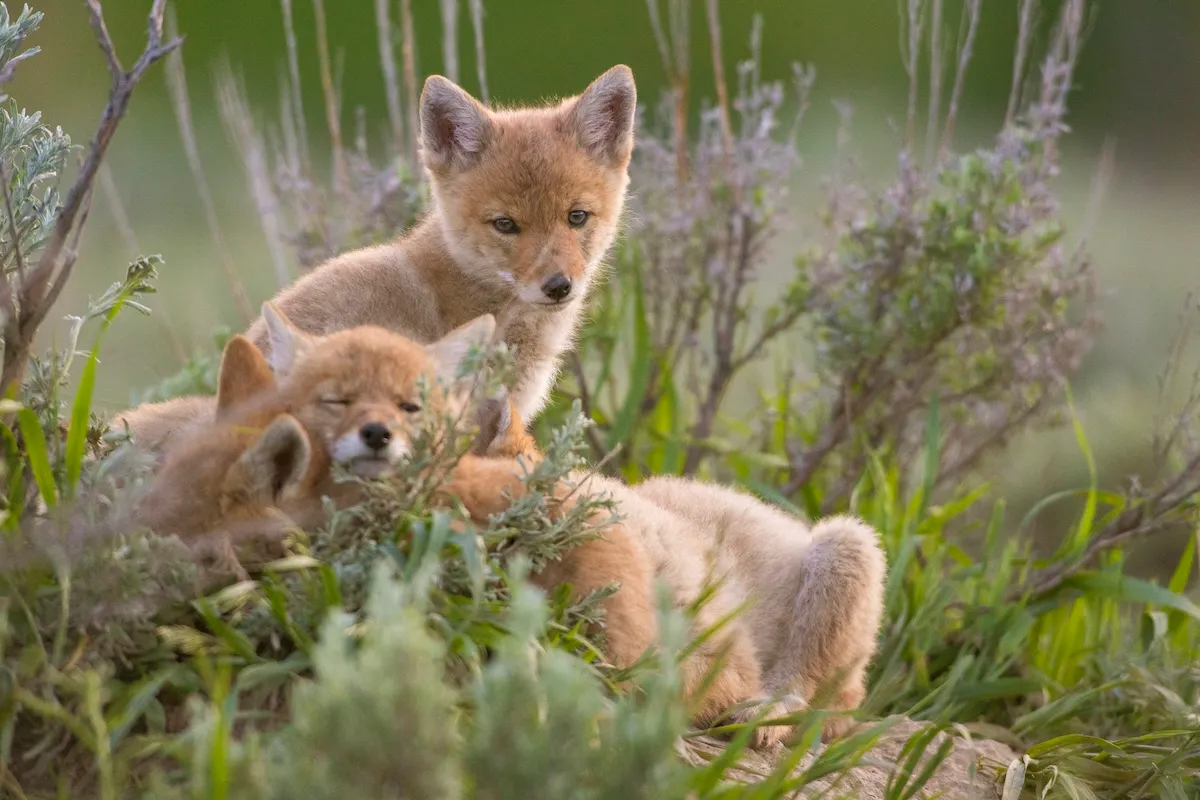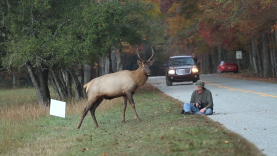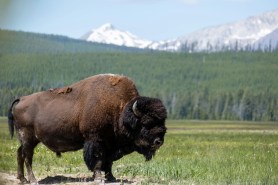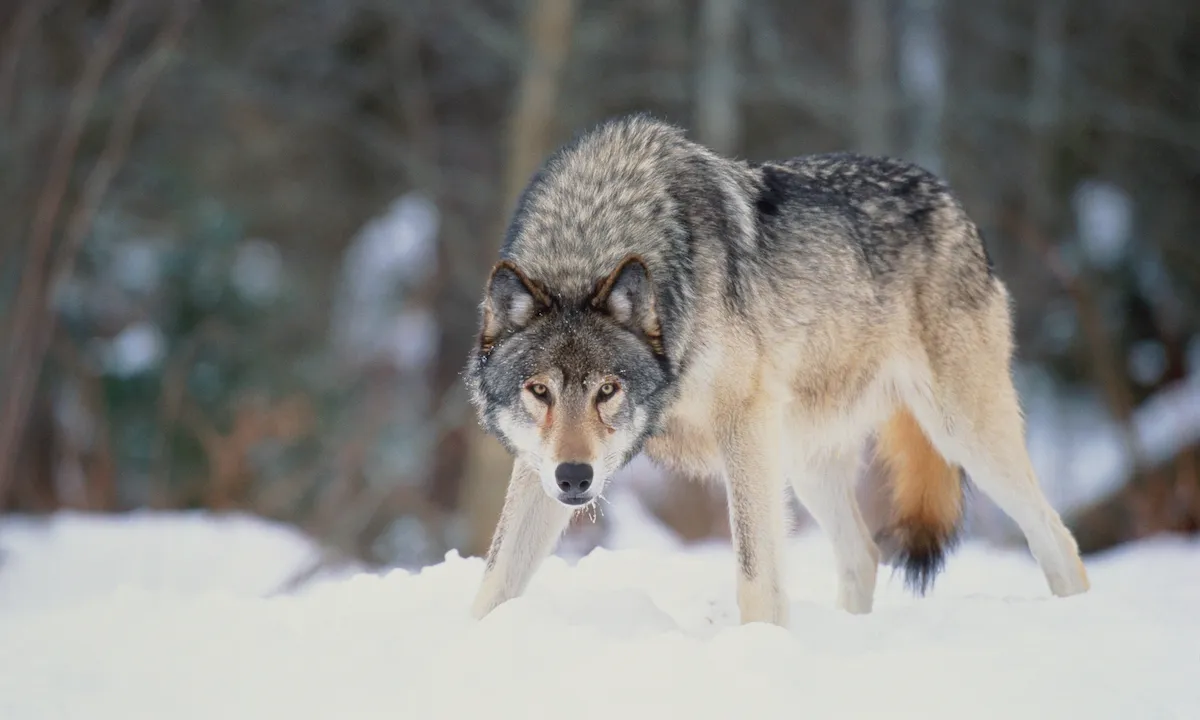

Dire wolves aren’t just fantastical beasts that were made up for Game of Thrones. They were real-life creatures that once roamed the Americas—and scientists have just discovered some new clues as to what they were really like.
Videos by Outdoors
First, a little background: Real-life dire wolves only went extinct about 10,000 years ago. They were part of the genus Aenocyon, which means “terrible” or “dreadful.” The description is pretty apt—while we still don’t know much about dire wolves, we do know that they were huge, had reddish fur and were equipped with bone-cracking teeth evolved to take down large herbivores.
Recently, a team of researchers conducted the first-ever dire wolf gene study. The team analyzed several full genomes of dire wolves to learn more about their evolution and eventual extinction. They discovered that, while dire wolves may have looked similar to gray wolves, they were actually evolutionarily distant. In fact, the dire wolf became its own species nearly 5.5 million years ago, and continued to evolve separately from gray wolves over all those millennia.
Still, dire wolves likely behaved similarly to other wolves. So why did other species of wolf survive while dire wolf died out?
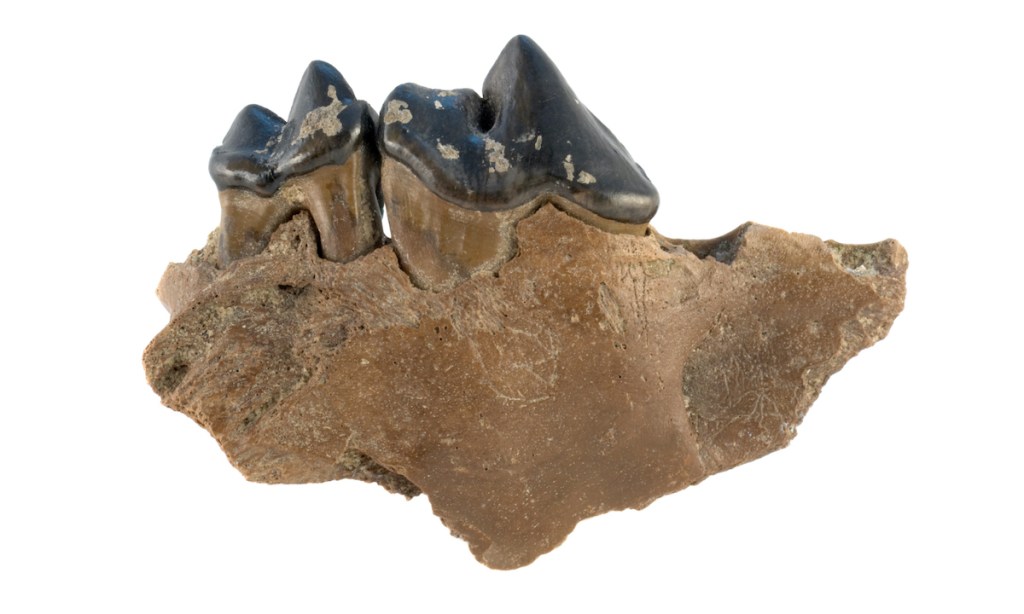
“Is their extinction related to climatic and environmental change, or did humans and potentially other wolves and dogs and [diseases] assist in pushing them out?” asked archaeologist Angela Perri, the study’s lead author, in an interview with National Geographic. Perri’s team thinks it’s possible that newly evolved, dog-like species and other wolves may have started preying on the dire wolves’ food sources, ultimately out-competing them. It’s also possible that other animals spread diseases that dire wolves weren’t adapted to withstand.
One of the challenges in studying dire wolves is the scarcity of preserved genetic material. To get enough material for the study, Perri had to travel across the United States to collect bits of tooth and bone from museum basements and university collections. Ultimately, she was able to collect specimens from five distinct animals, which gave her enough material to paint a compelling picture of the dire wolf’s genetic history.
While many mysteries still remain, researchers emphasized that the dire wolf’s story is a cautionary tale. The threats of human activity, disease and climate change didn’t stop at the dire wolf. Today, all these factors affect millions of species worldwide. These findings not only illuminate what there’s left to learn about the dire wolf, but they serve as an important reminder of the need to protect and preserve biodiversity in all of its forms.

